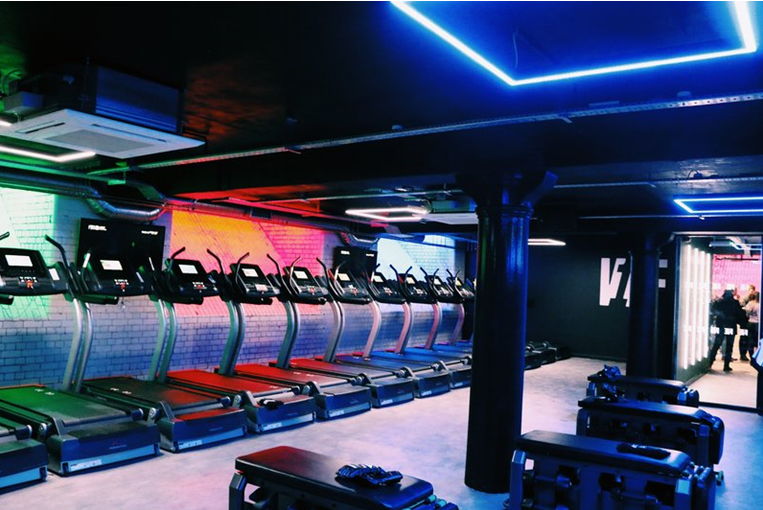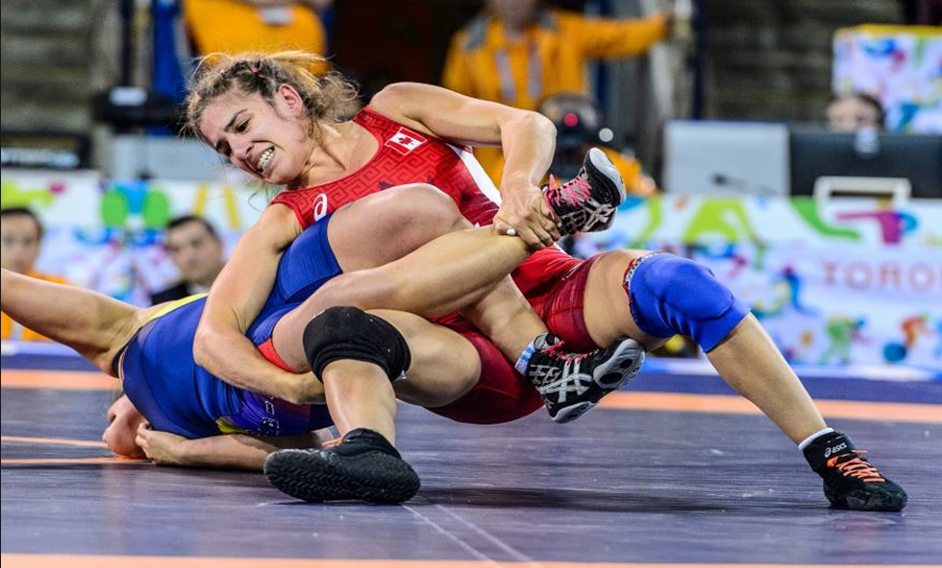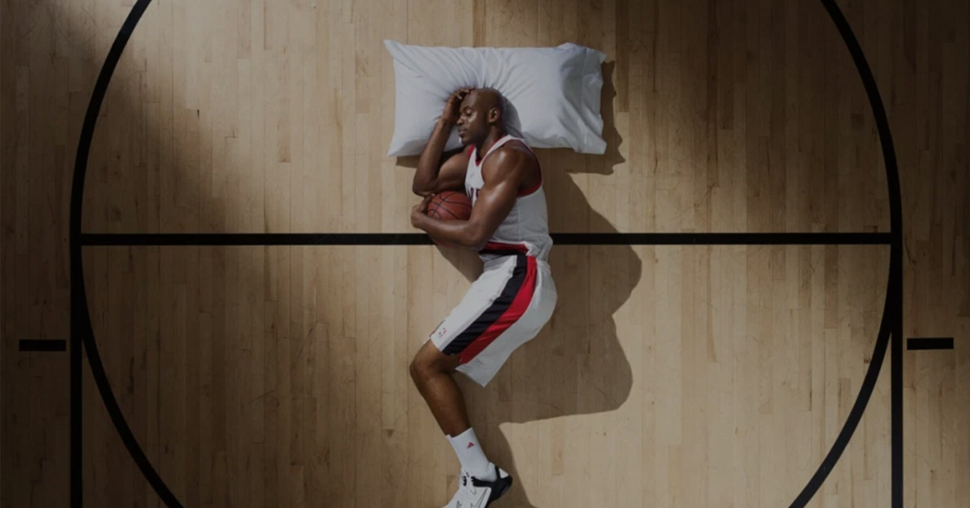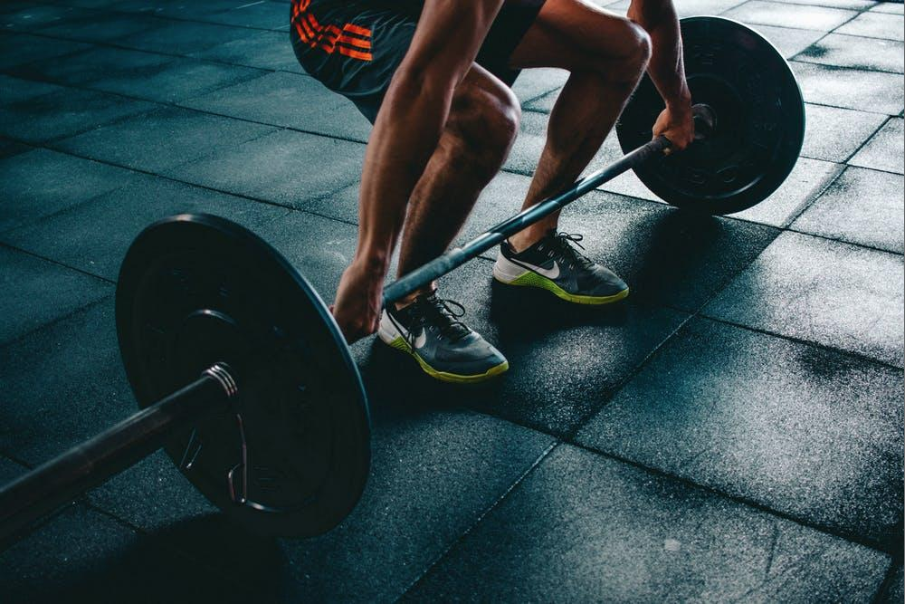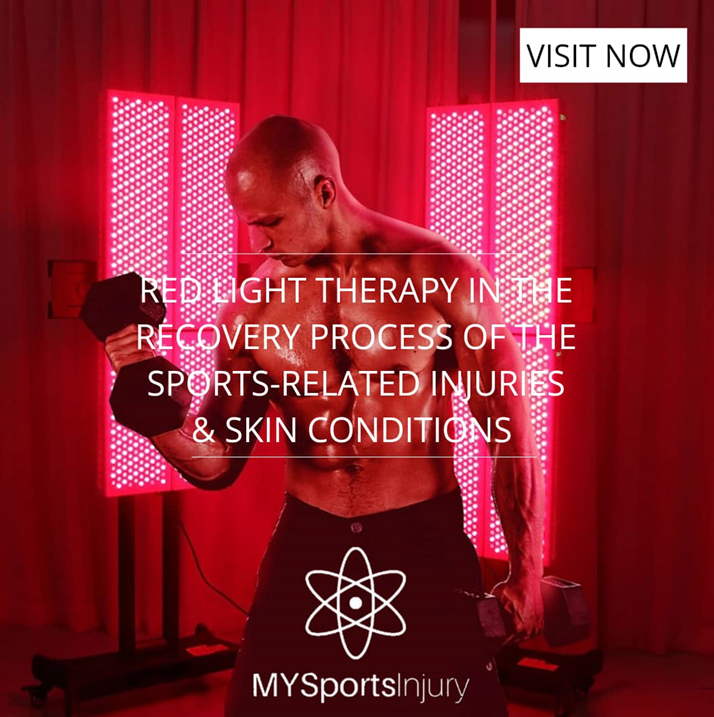HOW TO ADDRESS LUMBAR DISC HERNIATED CONDITIONS
SPINAL MANIPULATION AND (HVLA) HIGH-VELOCITY, LOW AMPLITUDE TECHNIQUE TO TREAT SPINAL DISC HERNIATION. A NON-SURGICAL / PHYSICAL THERAPY MANAGEMENT.
There are an extensive number of elite athletes, amateur sports players and general population who have or suspect to have a herniated disc. In this article it will cover all the important matters about spine pain disc compression in various sports environments, and how Manual physical therapy approach can benefit.
WHAT IS THE TRIGGER TO A HERNIATED DISC?
A herniated disc is a disease in which part of the intervertebral disc goes over towards the root of the nerve and squeezes it. Usually due to wear, this can occur throughout on the spine, and can irritate any nearby nerve. Depending on the location of the herniated disc, it can cause weakness in a leg or arm, neurological deficit, numbness, pain, disability and intense discomfort. Gibson JA et la (2007) stated that “Lumbar disc prolapse (herniated disc / herniated disc) accounts for less than 5% of lower back problems, but is the most common cause of nerve root inflammation pain (sciatica).
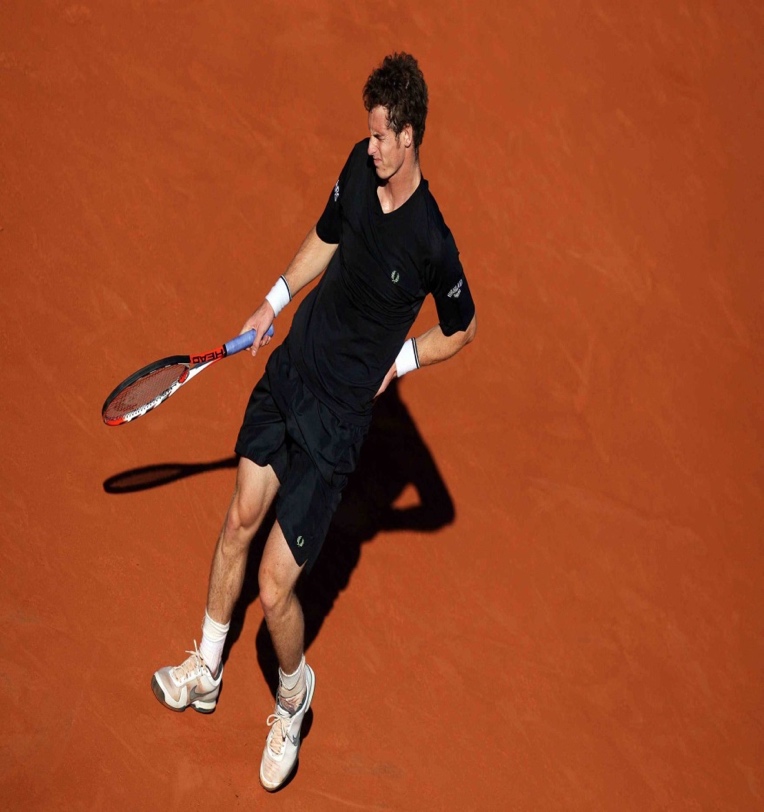
In most cases, this pain resolves with conservative treatment without surgery. However, approximately 10% of them will require surgical intervention for their treatment.
“The highest incidence rate of grown-up patients with herniated disc is up to thirty – fifty years, and a derivation of the herniated disc is lumbar herniation which is the most common reason for radiculopathies reaching a figure of up to 90%” Stated by Mohammad Reza Pourahmadi et la (2016).
A comparative point of view between a normal disc anatomy structure and a herniated disc.
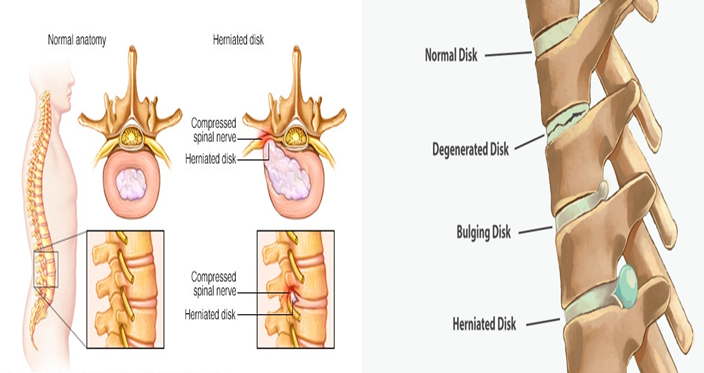
HOW OFTEN DO ATHLETES GET A HERNIATED DISC CONDITION?
In the literature, soccer/football injuries predominantly affect the ankle, knee, thigh and calf muscles. The most common types of injuries are strains, sprains, and contusions.
Although the prevalence of disc herniated condition in footballers is not that high comparing other injuries / performance deficits / pain and ailment sources amongst high impact sports. The published statistics of low back pain in athletes range from 1% to 30% and are influenced by the type of sport, gender, intensity and frequency of training, and technique.
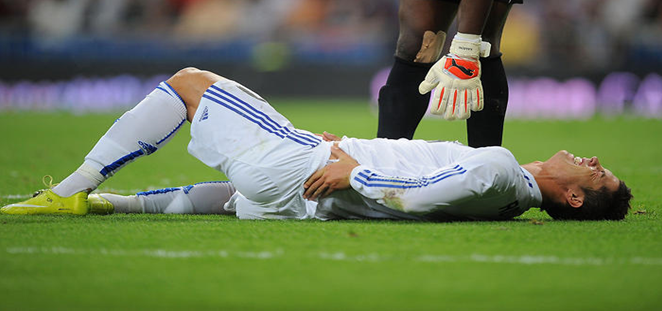
Back problems/injuries can also occur predominantly in the lumbar spine, which decrease or limit the quality of life of the athlete.
“Professional Football Players of National Football league USA (NFL), specifically defensive and offensive ones are highly prone to suffer herniated disc located in the lumbar area” Kunal Shah (2018).
“A herniated disc confirmed via MRI study displayed that the occurrence of this condition amongst pro beach volleyball players is 76 percent” Research made and released by Fabrice A. Kulling et la (2014)
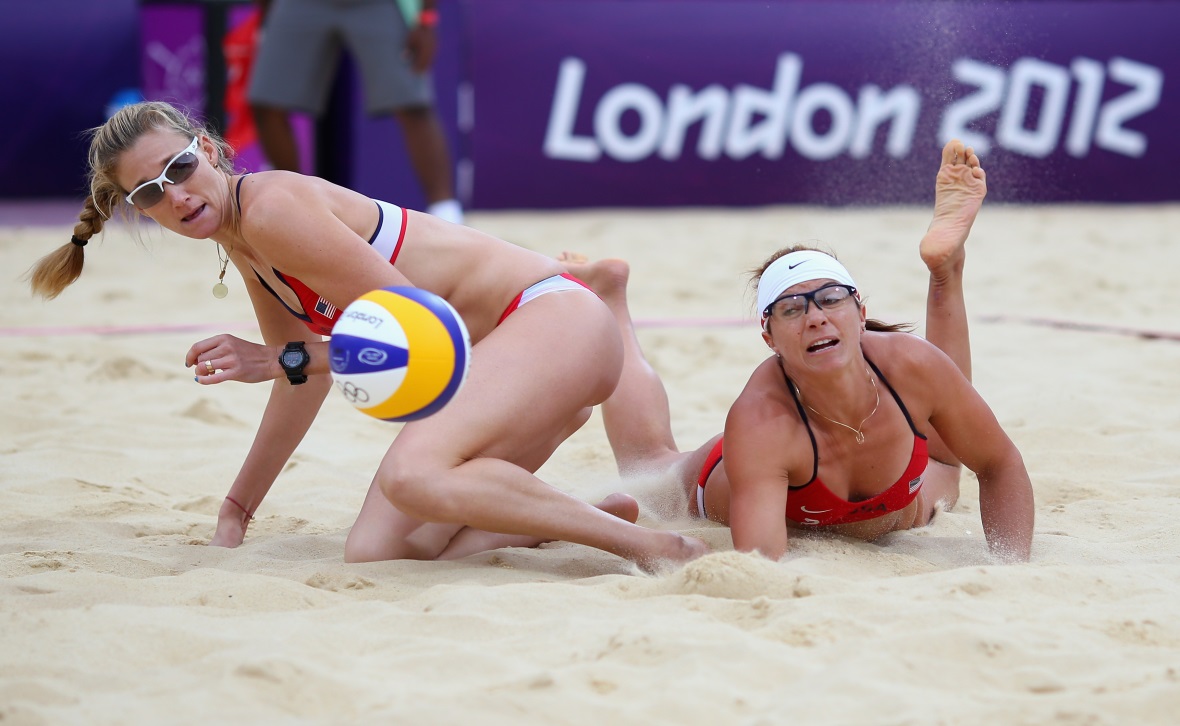
If the herniation is voluminous and compresses all the nerves it encounters, it can cause what is called a cauda equina or cauda equina syndrome, which is a surgical emergency. That’s the reason why attending to health care premises where you find professional clinicians / sports physiotherapist practitioners with high expertise and experience is compulsory in order to assess the herniated disc and obtain the follow-up steps to treat it in an early onset, the sooner the better!
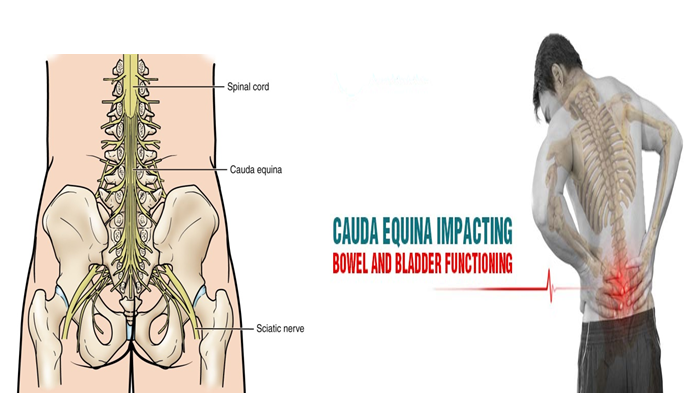
WHAT ARE THE CONDITIONS PRODUCED BY HERNIATED DISCS DISEASE DEPENDING ON ITS ANATOMICAL LOCATION?
Depending on the level at which the hernia is, it determines where herniated discs will be causing affectations. There are some hernias that have contact with the sciatic nerve causing pain on the outer side of the leg or pain in the hip.
Some lumbar hernias cause pain in the legs. Sometimes the problems go beyond pain, and a loss of sensation or tingling may appear and in more severe cases, paralysis in the foot or knee.
Akshay Gadia et la (2018) pointed out on their study findings that “LDH presented in elite sports athletes obtains an outstanding clinical result following whether non-surgical management or operatively process, regardless the sports which the elite athlete performs” On the other hand, if the hernias are cervical the symptoms will show up as cervicalgia (pain in the upper extremities), from the arm to the fingers, tingling, pricking, loss of sensitivity or paralysis in either the upper limbs.
DOES THE HERNIATED DISC ACTUALLY WEAR OFF ON ITS OWN?
The appearance of these herniated discs is usually associated with physical effort, and it is essential to be conscious of that although this information may seem alarming but you have to know that the vast majority of herniated discs symptoms vanish on their own for a while but it doesn’t mean that the condition is healed, on the other hand more than 80% of herniated discs heal without surgery.
“Around 30% of every elite athlete has experienced pain/ailments in the lower back during their pro sports career at least once” Abhay Nene et la (2018).
MY SPORTS INJURY PHYSIOTHERAPY CLINIC IN MANCHESTER CITY provides an advanced physiotherapy set guidelines specially designed for back problems.
The most important thing, even if it is physiotherapy, is to have a precise diagnosis and based on this fact. Then we know whether or not physiotherapy management is going to be appropriate for the patient in order to provide an optimal treatment approach.
HOW CAN WE AVOID FROM HAVING A DISC HERNIATION?
To help prevent a herniated disc, my sports injury clinic physio experts recommend the following advices:
- Do exercises, strengthening the trunk muscles stabilizes and supports the spine.
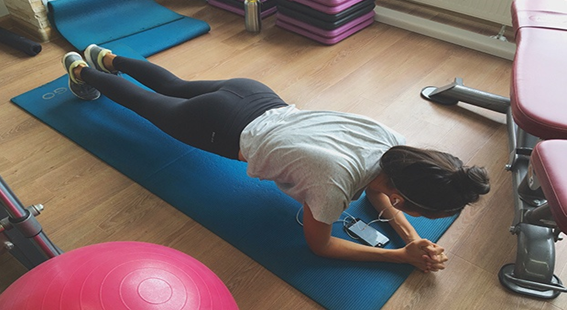
- Maintain good posture, this reduces pressure on the spine and discs. Keep your back straight, primarily when you are sitting for extensive periods.
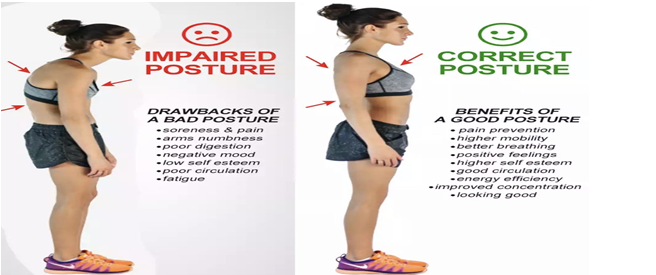
- Maintain a healthy weight; over-weight puts more pressure on the spine and discs, making them more susceptible to herniation.

WHAT ARE TREATMENT OPTIONS INDICATED TO DISC HERNIATION?
Above all a conservative treatment modifies routines to dodge movement that produces pain and stop from taking pain medication. It can reduce symptoms in most people within weeks or a few days. Other choices are:
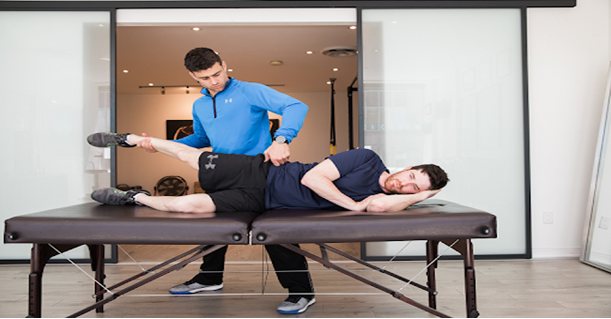
“Overall, the conservative approach of herniated disc condition management in elite athletes possesses an extraordinary rate of success having up to 90% and more” Affirmed by Kunal Shah, Akshay Gadia and Abhay Nene (2018).
- Ice and heat therapy to lighten pain.
- PHYSICAL THERAPY, it helps to reduce the pressure laid on the nerve, physical therapists can show positions and exercises designed to minimize the pain of a herniated disc.
- Exercises and very slight stretching.
- NSAID medicine administration.
- Epidural injections.
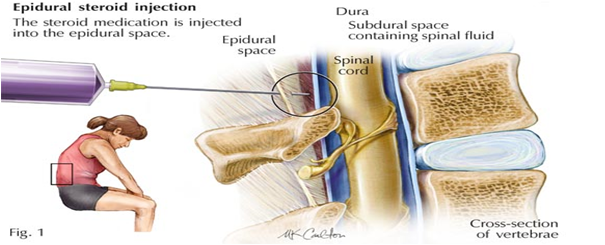
- Manipulation such as chiropractic.
Serafin Leemann et la (2014) made a study of 148 individuals’ lumbar herniated disc confirmed via MRI producing back and sciatic nerve pain “79 of them were dealing with chronic LHD with an average duration longer than three months and the rest of them (37 patients) had this condition for less than 4 weeks duration at the beginning of the investigation, all the patients were being treated with chiropractic adjustments and customised care. 70% of the participants were having meaningful progress as regard as inability and pain after two weeks of non-operative treatment, later on three months 90% they were presenting sizeable amelioration.”
- Deep tissue massages.
- Surgery is required in severe cases (microdiscectomy or lumbar fusion).
Jack Stern reported in a nutshell that “the result of two groups, surgical vs non-surgical management in NFL pro players study showed that 72% of player who had the surgery got better outcomes than the non-surgical cohort, and return to sport averagely for more games than the conservative management which just had 46% of patients successfully return to the field”
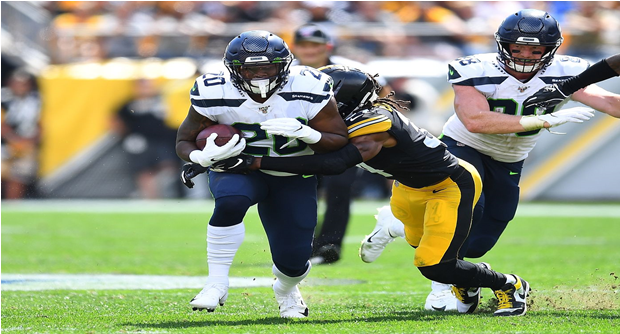
WHAT SPINAL MANIPULATION CONSISTS? – CAN IT TRULY HELP TO THE PATIENTS TO RELIEVE THE PAIN?
Chiropractic correction is a procedure in which trained specialist chiropractors / Osteopaths or Sports Manual therapists use their hands or a small instrument to apply a rapid, controlled force to a joint in the spine.
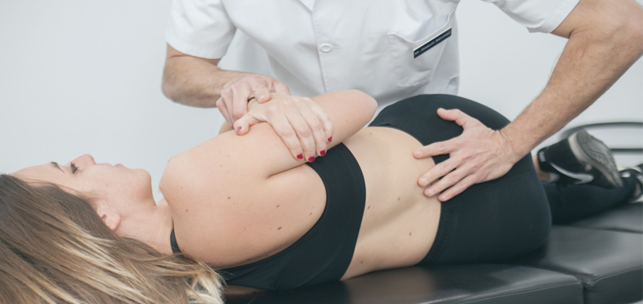
The prime aim of this particular procedure, also called as spinal manipulation, is to improve and increase spinal movement and enhance physical function.
“You can improve the symptoms of functional disability and pain considerably from the herniated disc duly confirmed by the study of magnetic resonance by passing the five sessions of lumbar manipulation technique” Fahimeh Kamali et la (2018).
HOW A HVLA MANIPULATION BENEFITS ME TO EASE DISC COMPRESSION PAIN?
You might have found that high velocity and short amplitude manipulation techniques (HVLA) and mobilization techniques described by chiropractors, osteopaths and manual therapists, with the intention of generating a general effect in all tissues through the vascular system and the nervous system providing to the patients:
- Bone articulation improvement.
- Disc pressure reduction.
- Recovery of mobility.
- Reduction of pain and disability.
“HVLA techniques have more scientific evidence supporting their effectiveness, both applied to the dorsal and cervical regions, although they are associated with rare neurovascular risks. The mobilizations are also effective for this purpose. Both manipulations cervical - back/dorsal and mobilizations achieve analgesia, and improve mobility of the cervical spine and patient gratification, as well as their disability in the short, medium and long term, compared to the use of medications. Manipulation has a greater effect, at least in the short term, on neck pain” Gogorza Arroitaonandia Kristobal et la (2013).
REFERENCES
- Auvinen JP, Tammelin TH, Taimela SP, Zitting PJ, Mutanen PO, Karp-pinen JI. Musculoskeletal pains in relation to different sport and exer-cise activities in youth. Med Sci Sports Exerc. 2008;40:1890-1900.2. Bartolozzi C, Caramella D, Zampa V, Dal Pozzo G, Tinacci E, BalducciF.
- The incidence of disk changes in volleyball players. The magneticresonance findings. Radiol Med. 1991;82:757-760.The Orthopaedic Journal of Sports Medicine The Lumbar Spine of Professional Beach Volleyball Players 5 by guest on May 8, 2015.
- Bono CM. Interspinous process devices in the lumbar spine. J SpinalDisord Tech. 2007;20:255-261.
- Bono CM. Low-back pain in athletes. J Bone Joint Surg Am. 2004;86-A:382-396.
- Herniated disc. American Association of Neurological Surgeons. https://www.aans.org/en/Patients/Neurosurgical-Conditions-and-Treatments/Herniated-Disc. Accessed Aug. 20, 2019.
- AskMayoExpert. Herniated disc. Mayo Foundation for Medical Education and Research; 2019.
- Levin K, et al. Acute lumbosacral radiculopathy: Treatment and prognosis. https://www.uptodate.com/contents/search. Accessed Aug. 20, 2019.
- Herniated disk. American Academy of Orthopaedic Surgeons. https://orthoinfo.aaos.org/en/diseases--conditions/herniated-disk/. Accessed Aug. 20, 2019.
- FAQs before EDX testing. American Association of Neuromuscular & Electrodiagnostic Medicine. https://www.aanem.org/Patients/FAQs-before-EDX-Testing. Accessed Aug. 20, 2019.
- Herniated disk in the lower back. American Academy of Orthopaedic Surgeons. https://orthoinfo.aaos.org/en/diseases--conditions/herniated-disk-in-the-lower-back/. Accessed Aug. 20, 2019.
- Shelerud RA (expert opintion). Mayo Clinic. Aug. 26, 2019.
